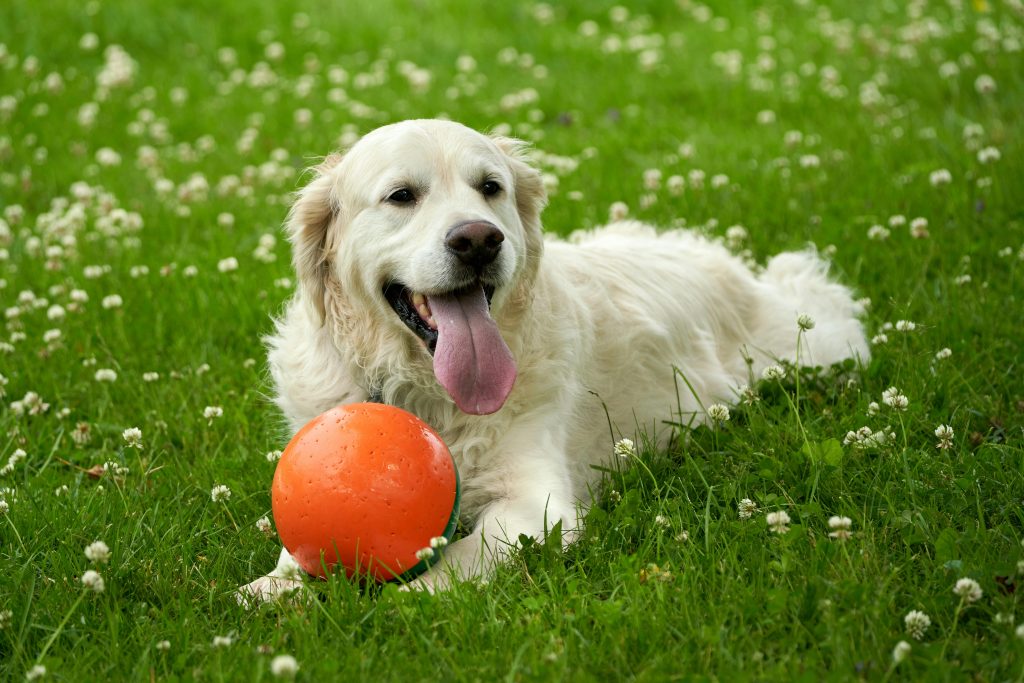-
Constant Panting
In summer, dogs often open their mouths wide and stick out their long tongues. This behavior is their way of cooling down, helping to regulate their body temperature. Avoid letting your dog stay under direct sunlight for too long. Make sure to provide fresh, cool water and food to help them cool off. You can also turn on the air conditioner or a fan at home to create a comfortable, cool resting environment for your dog.
-
Reduced Appetite
During hot weather, dogs tend to eat noticeably less. This happens because their digestive system can become less stable in high temperatures. Plus, dogs are less active when it’s hot, so they burn fewer calories and naturally feel less hungry. Try switching up their food with flavors they prefer, or add some chilled ingredients to their meals to encourage eating.

-
Warm, Moist Paw Pads
When dogs feel hot, their paw pads secrete sweat to help cool them down through evaporation. If you notice your dog’s paw pads are damp and may have a slight odor, it means they are actively sweating to release heat. This is a normal physiological response, so there’s no need to worry too much.
-
Sleeping with Belly on the Floor
Sometimes dogs will lie down with their bellies pressed directly against the floor because the floor feels cooler, helping them feel more comfortable. However, sleeping on a cold floor for extended periods can cause your dog to catch a chill. Provide cool mats or cooling pads in their bed to make them more comfortable and help regulate their body temperature.
-
Becoming Lethargic
In hot weather, dogs may feel uncomfortable and reduce their activity levels to help lower their body heat. Avoid taking your dog out for runs or playtime during the peak midday heat. Instead, choose cooler times like early morning or late evening for walks or ball games. You can also engage in gentle indoor games to keep your dog active without overheating.

